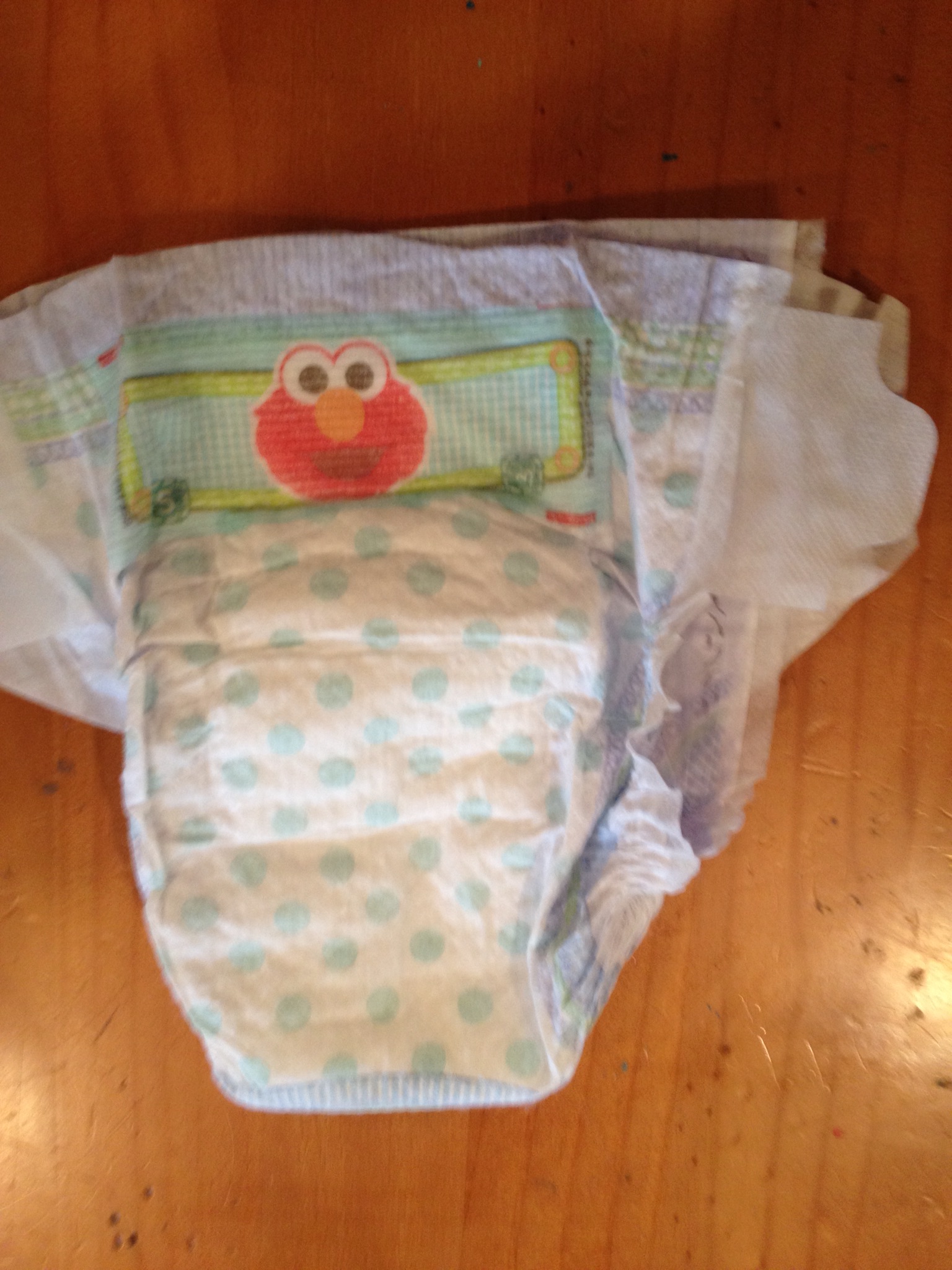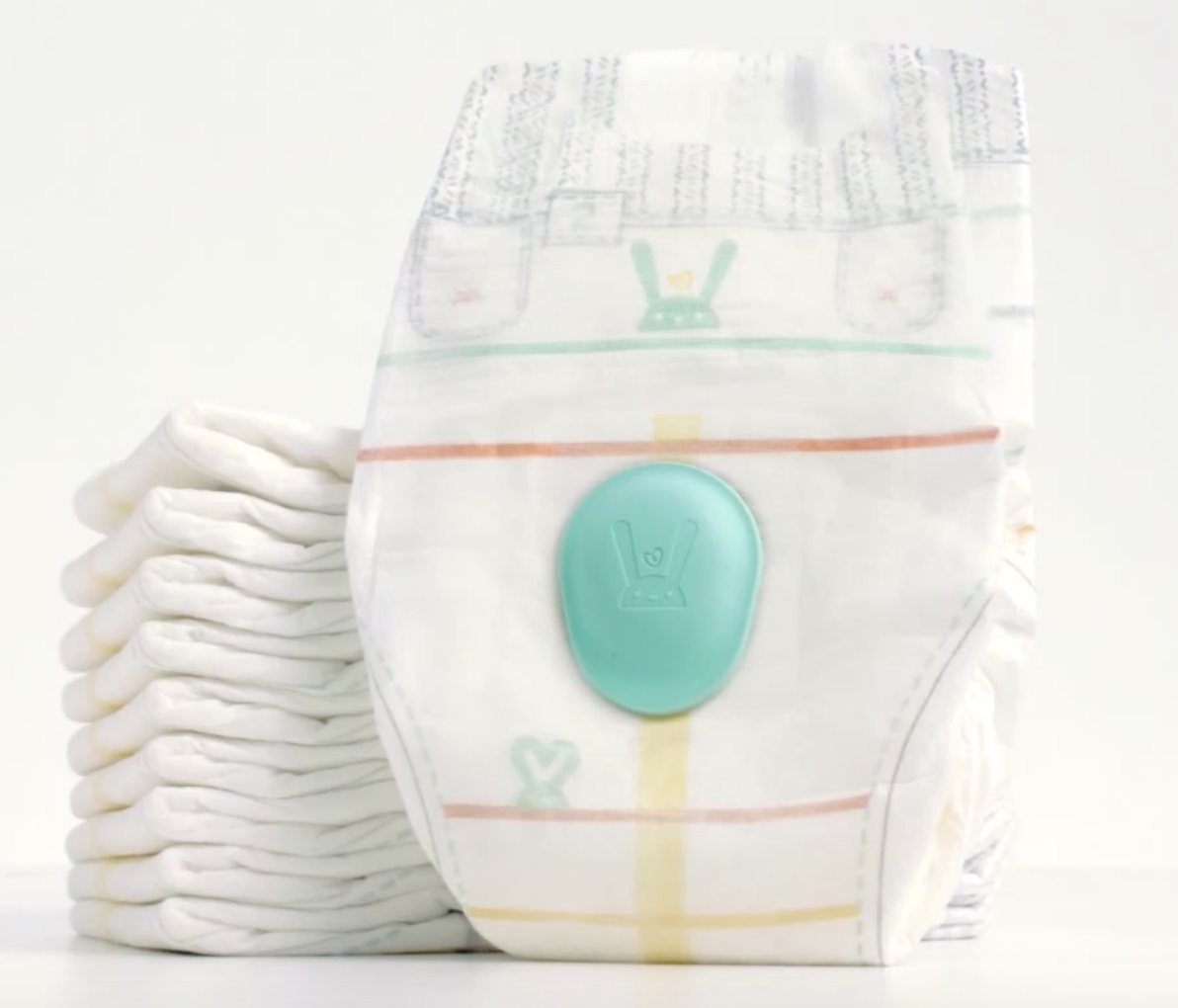It's every parent's worst fear—poop all over your baby's body, clothes, hair, and maybe on you. Advice for leakages from different parts of the diaper. Always consult medical professionals for full diagnosis and treatment. Point the penis DOWN when diapering. Copyright © Kao Singapore Pte. Are the diaper tapes around the tummy fastened properly? Are the leg gathers folded inwards? If you notice frequent leakages, it may be time to change the diaper to a larger size. Skip to home Skip to main content Skip to search. If the urine lightens, then everything is fine; they were just slightly dehydrated. Usually their current diaper size first and a larger size over top. The tape has not been fastened evenly at both sides. After putting on the diaper, run your fingers around these edges to make sure the cuffs are pulled out. A healthy baby has yellow pee—either light, dark, or somewhere in between. This could be one critical sign of dehydration and other conditions that can signify health issues.


There are red marks and signs of chafing around the waist or thighs, which may indicate the diaper is too tight. For example, children with a urinary tract infection UTI may pee more frequently or show signs of pain or discomfort while urinating, such as crying or body tension. Diaper-Duty Essentials: What's Normal? Leave a comment Name. When baby is lying on his tummy, pee tends to flow up towards baby's tummy.
Choose the Right Diaper Size
Rest assured, we'll discuss everything you need to know about diaper wetting here. In many cases blowouts happen because of the wrong size diaper or diapers that aren't fully snug on the baby. Keeping an eye on both of these numbers, the amount of urine, and the diapers themselves is the key to knowing just how hydrated your infant is on any given day. Review this article:. Join a World of Support through Pregnancy and Parenthood. Use an insert. Once your little one turns 6 months old, you can start introducing small amounts of water. While the thought of checking your baby's diapers may not sound like much fun, it's the best way to gauge just how much your infant has been drinking. Make sure that the diaper fits snugly around the waist and thighs by running your fingers around the edges and checking that there are no gaps. In the following days, and as your baby consumes more milk, the number of wet diapers increases. The most common cause of leakage is fitting your baby with the wrong diaper size.
Baby Pee and Wet Diapers—The Ultimate Guide | Pampers
- If you notice that the position where you fasten the tape is out of the marked area, it's time to change the size of the diaper.
- All rights reserved.
- Review this article:.
- Simple — dehydration is terrible for anyone, but especially for babies.
- By the time your baby is 12 months old, the amount of pee discharged in a day will be twice that of a newborn.
- Urine smell.
Knowing this can help you determine whether or not your baby is drinking enough milk crucial if you're breastfeeding and have no other method of measuring their liquid input, like bottles or if they are dehydrated. Worried about all of this and more? Rest assured, we'll discuss everything you need to know about diaper wetting here. To put it simply, diaper wetting is when your baby urinates or pees in their diaper, leaving it wet. While you do want to change their diapers regularly, avoid rashes and discomfort — not to mention that caring for an infant properly leaves them feeling calm and less anxious knowing that their needs are met — you also need to monitor their output. Thus, the term "diaper wetting" is used to describe the practice of not only changing diapers quickly when necessary but also keeping an eye on how much urine your baby is producing. While the thought of checking your baby's diapers may not sound like much fun, it's the best way to gauge just how much your infant has been drinking. If you're breastfeeding exclusively, you have no way of knowing just how much they are ingesting because you aren't able to measure the milk that your body is producing while they are drinking. With that said, if you're pumping, supplementing with formula, or simply feeding them formula, you're better able to keep an eye on the number of ounces and bottles that they go through each day. Why does this matter? Simple — dehydration is terrible for anyone, but especially for babies. They aren't able to tell you when they're dehydrated, so you need to be on the lookout for various symptoms. Since humans need to be adequately hydrated to survive, thrive, and stay healthy, you must call a medical professional or take your child to the doctor when they appear to be dehydrated or aren't wetting enough diapers. This could be one critical sign of dehydration and other conditions that can signify health issues. Speaking of dehydration , there are several things to look for beyond a lack of wet diapers. These include:. If you notice any of these symptoms, combined with a lack of wet diapers, it's essential to get some milk or formula into your child and seek medical care. Age determines just how wet a baby's diaper should be. It also dictates just how many wet diapers they produce in a day.
Which, is often not desired. Additionally, tummy sleepers are more prone to this challenge as well. What technique or combination of things worked for your baby?!? Please comment below! Usually their current diaper size first and a larger size over top. Turn the diaper around. Back in the front, pee in pampers. Use an overnight diaper. Purchase a super absorbent diaper.



Pee in pampers. Understanding Baby Pee: Wet Diapers, Urinary Frequency, Color, and Smell
You may not have given much thought to the topic of baby pee, other than during a diaper change. Our guide to baby pee answers all these questions and more! Within 24 hours after birth, your newborn will probably pee once, so you can expect one wet diaper. In the following days, and as your baby consumes more milk, the pee in pampers of wet diapers increases. After about a week, a typical peeing routine for a baby will result in about four to six wet diapers per day. For example, children with a urinary tract infection UTI may pee more frequently or show signs of pain or discomfort while urinating, such as crying or body tension. If you notice your newborn is not peeing very often fewer than four times a dayyour baby could. Prolonged sleep. If your baby is regularly sleeping for four or more hours at a time, pee in pampers, it could be an indication of inadequate nutrition. Baby pee looks similar to adult pee, in that the urine of healthy newborns has a light to dark yellow pee color, pee in pampers.
How Many Wet Diapers Should a Newborn Have?
Size is a huge part of finding the right diaper fit for your baby. As you know, babies come in all different shapes and sizes. And just like clothing, diapers fit every baby differently. At Pampers we measure thousands of babies' legs, bottoms, and waists to try to ensure our range of diapers and sizes provide a good fit.
Remember to keep your diaper bag well stocked so you have everything you'll need when you're on the go.


My full #diaper I need someone to change it🧸🚼
0 thoughts on “Pee in pampers”